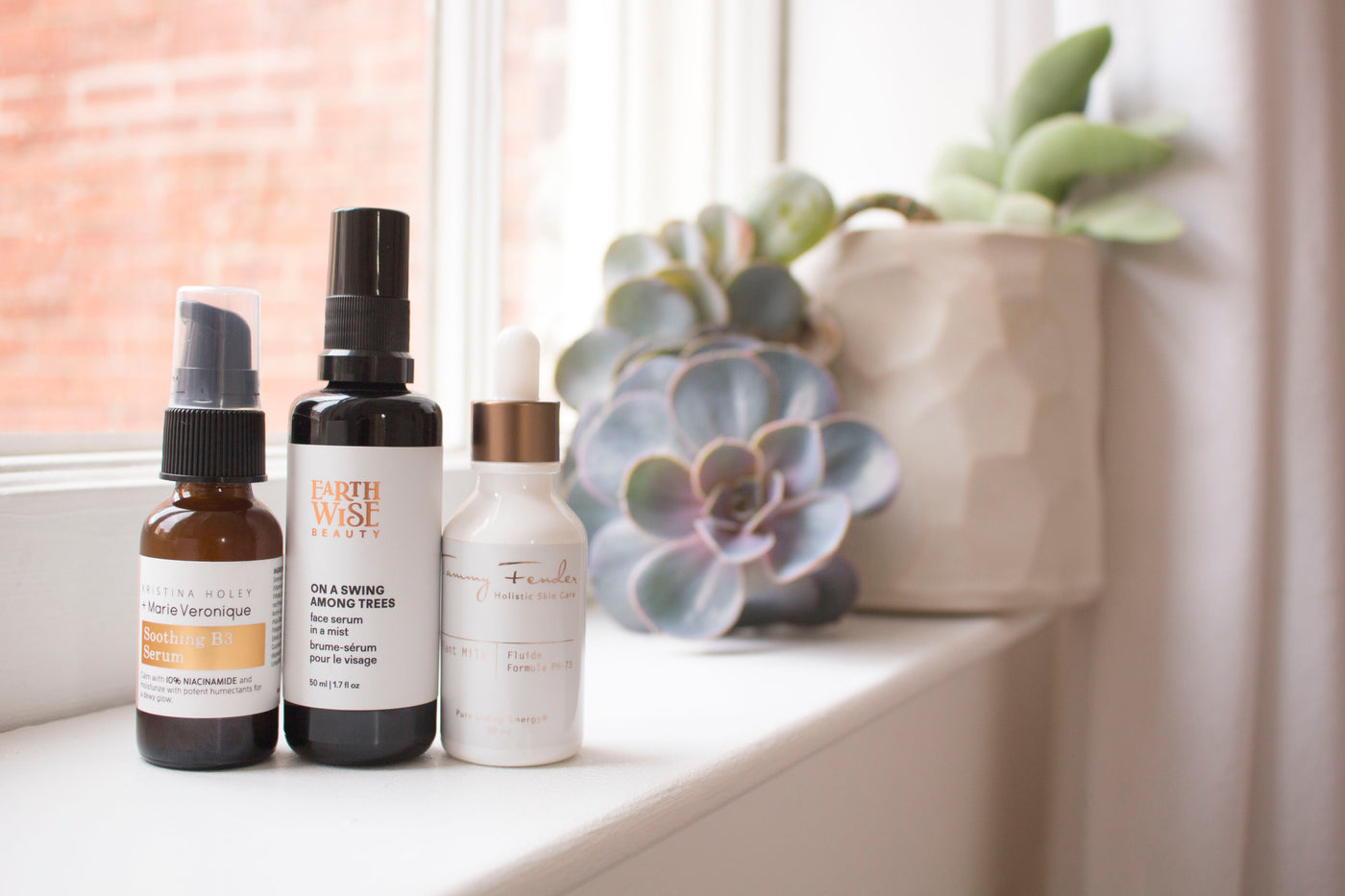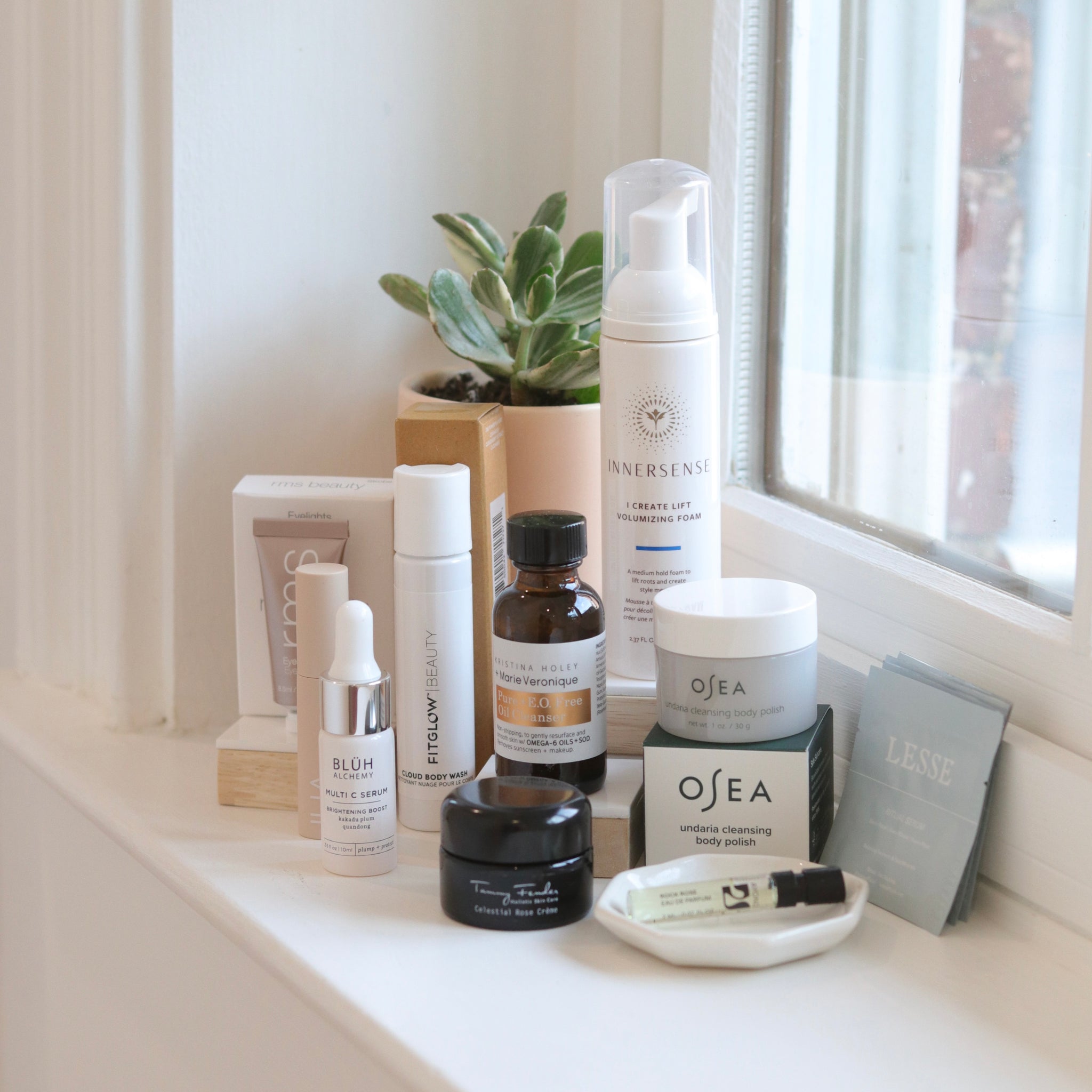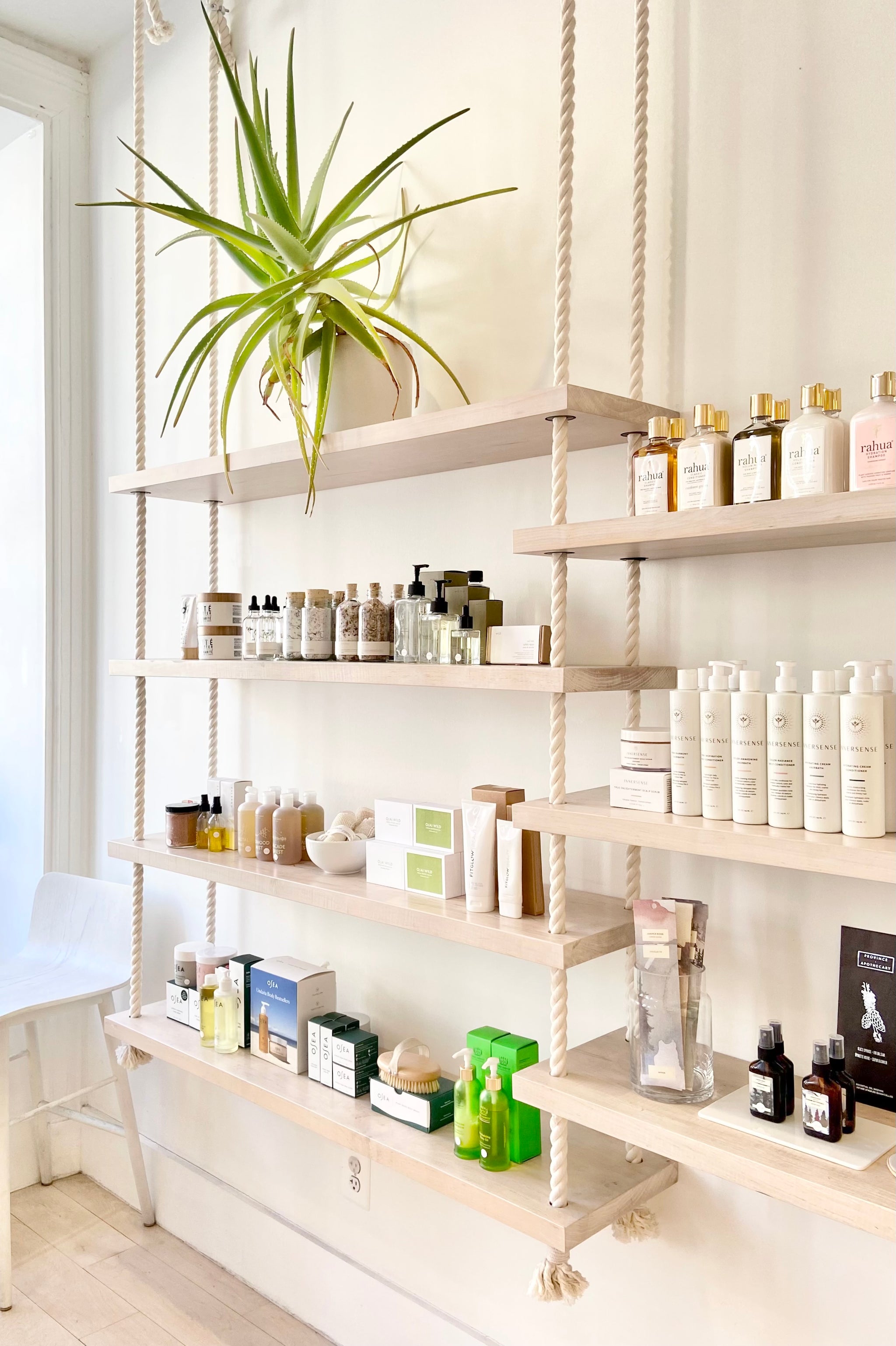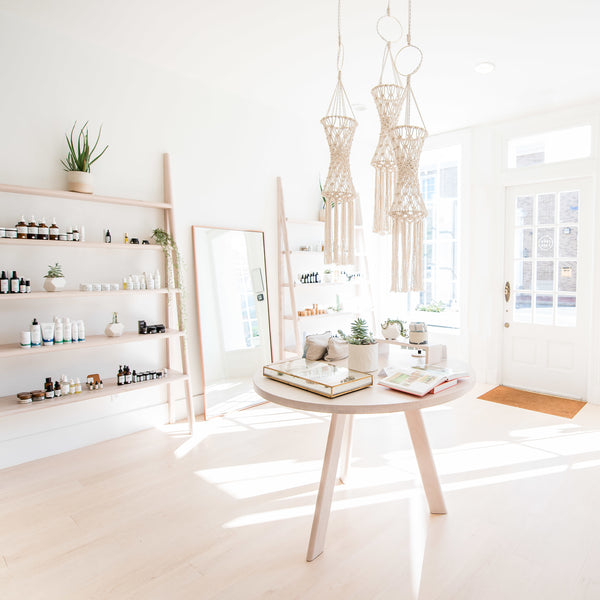
Welcome to our new blog series, Ask Our Estheticians! One of our main goals with opening the facial treatment rooms at the shop was to be able to dive deeper with you on issues related to skin health. One of the ways we hope to do this is through this weekly blog conversation with our estheticians. If you have topic requests, email them to heather@takecareshopdc.com!
By popular request, this week’s topic is redness! Redness is a wildly broad topic and so we have pared it down to a few subtopics. If you have any follow up questions just comment here and we will reply! Let’s start with the big question:
1. What causes redness?
So many things! Most redness/reactivity related issues or conditions are due to an impaired or damaged skin barrier, microbiome, and/or acid mantle. When your skin is compromised in this way, you’re more likely to be susceptible to those internal and external aggressors that cause redness and sensitivity.
Common causes of a damaged barrier or biome include overcleansing or cleansing with foaming or highly alkaline products (or using the wrong products for your skin type and condition altogether), super hot or super cold water, excessive exfoliation (manual or chemical exfoliation more than twice a week), digestive health, emotional state, sun exposure (not sunburn), or other environmental factors (pollution, extreme temps), hormonal changes and medications.
2. What about redness from rosacea?
We hear people say they’re “rosacea-prone” to describe occasional redness, but really there is no such thing as being prone to rosacea – you either have it or you don’t, though it can get worse or better over time.
Rosacea is a diagnosed skin condition that is characterized by visible “dilated” blood vessels, flushed sometimes swollen-like skin around the cheeks, nose, and chin, and small, red, pus-filled bumps. Flare-ups can last anywhere from a few weeks to months and may occur in cycles. It is triggered by sunlight, extreme temperatures, certain “warm” foods and drinks (warm meaning spicy), certain cosmetics, and even your emotions. The main cause and cure of rosacea are both unknown (though some scientists believe that folks who have rosacea have 10 times more demodex mites on their skin than the average person, and some communities consider it do be autoimmune related.)
The best way to manage this condition is by identifying and controlling your specific signs, symptoms and triggers. Avoid your skin’s triggers, use cream based products, avoid AHAs like glycolic acid, avoid fragrance and drying alcohols in products, protect your face with SPF 30 or higher, and treat your skin gently. Again, it is difficult to completely eradicate rosacea, and it may be lifelong condition.
3. Are there foods that exacerbate or improve redness?
You are what you eat! Certain foods will exacerbate some redness. If you suspect certain foods are causing redness in your skin, you can try eliminating inflammatory foods and beverages like processed and sugary snacks, spicy foods, caffeine, alcohol, and sodas. Nutrients like fatty acids, antioxidants, and vitamins a, c, e and b support skin health - and of course, drink more water! If you do choose to eliminate foods, it is important to consult with a trusted medical partner to ensure you are making safe, health supportive dietary changes.
4. What are some ways of managing rosacea redness?
There are so many approaches to managing redness. Let’s separate what you can do into two lists: To Avoid and To Try.
To Avoid:
Avoid frequent exfoliation.Though the appropriate frequency of exfoliation may very by person, no one should exfoliate daily. We discourage the use of daily exfoliating products (there are many on the market!) and suggest limiting both chemical and manual exfoliation to once or twice a week. We see damage to the skin from over-exfoliation on a regular basis and it often presents as flaky, dry skin, persistent redness, and reactivity (sensitivity to touch and product application). It is very common. Unfortunately, it takes a few weeks to retrain your skin AND your personal expectations around your skin’s appearance when correcting your exfoliation routine. A good plan is to connect with a knowledgeable esthetician for guidance.
Avoid using overly astringent products. One good way to know a product is too astringent or stripping to your skin is if your skin feels tight, itchy, and/or dry after you use it. This is especially true of cleansers. Your skin should feel supple after cleansing; if you’re immediately reaching for moisturizer because your skin feels dry after cleansing, your cleanser is too harsh.
Avoid heavily scented products. Synthetic fragrance is irritating to the skin and offers zero benefits to the skin. Although many essential oils can be therapeutic to skin, they are also a bit stimulating and could irritate, especially if your skin barrier is damaged.
Avoid treatments like dermaplaning, microneedling, and microdermabrasion.All of these treatments cause trauma to the skin and can result in abrasions, broken capillaries and damage to the bacterial colonies that help maintain skin health. Although healthy, in-tact skin can healthfully bounce back from these treatments, inflamed or unstable skin is at risk of getting worse.
Avoid strong retinols.This is another very common source of low level and persistent redness and dryness. Not all skin responds well to retinol treatments, and in many cases it can cause redness, severe dryness and sensitivity when your skin was previously not sensitive or reactive. If it’s important to you to use one, try a gentle retinol, like the one from Marie Veronique.
Try this, instead:
Try to repair your skin barrier with probiotic products.When your skin is damaged there is a good chance the protective colonies of bacteria on the surface of the skin are also damaged. A personal example from the team is actually from Becky - when her perioral dermatitis flare was getting worse by the month, she stopped using almost everything and started applying plain organic yogurt and honey on her face. Literally overnight her skin began to improve! Marie Veronique products are also probiotic.
Try using fewer products.With irritated skin, less truly is more. Think of your irritated, cranky and unstable skin as your emotions on a tough day. When you’re overwhelmed and irritated, you don’t want a bunch of people providing their opinions on what you should do! No, you want to be given space and a gentle, occasional nudge in the right direction. Same goes for your skin :)
Try gentle facials with a trusted esthetician. If you’re experiencing sensitized skin, working with an esthetician who is comfortable with a gentle, non-invasive but results-oriented approach is key. Regular check-ins allow them to help you forge the right path for getting your skin back on track, including helping you scale back or modify your products as your skin improves. It’s just like going to a personal trainer!
5. Our favorite redness relief products are listed below, but there are many more in-store! Feel free to comment with any product recommendation requests.
Cleansers:
Cleansing Milk by Tammy Fender
Cool Relief Cleanser by Laurel Organics
Treatment Serums:
Soothing B3 Serum by Marie Veronique
On a Swing by Earthwise Beauty
Moisturizers:
Thank you to our estheticians Heather and Erin for contributing advice to this post! <3




